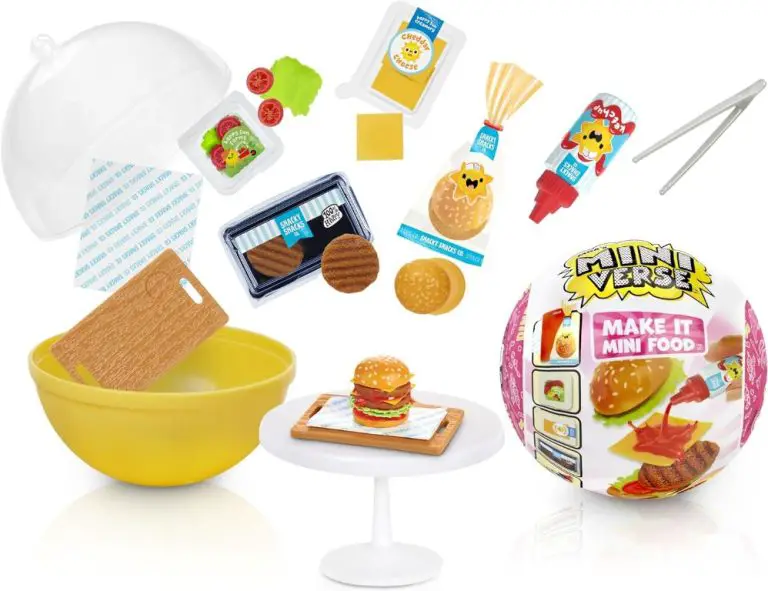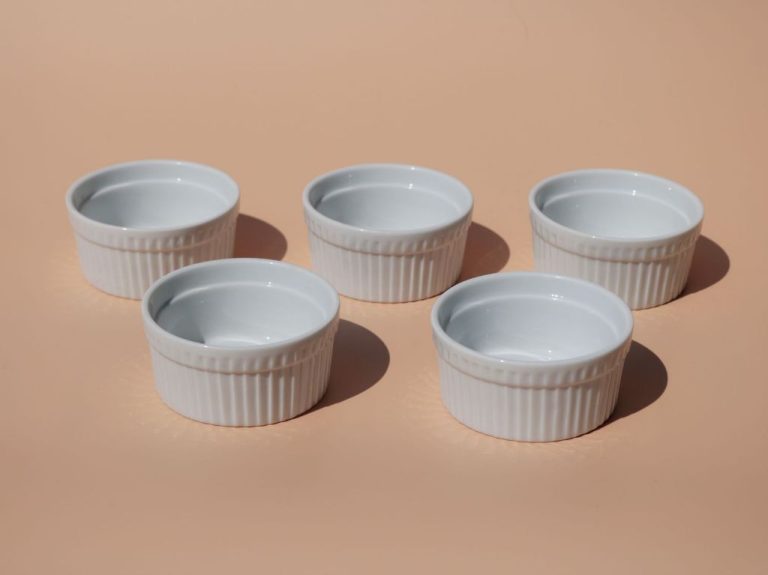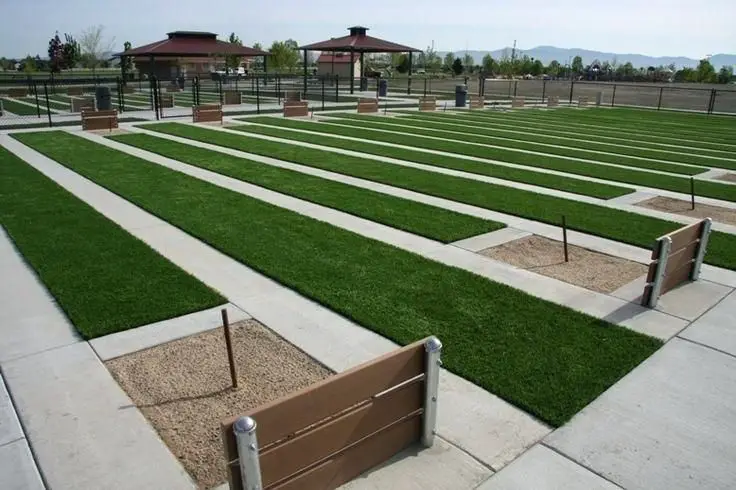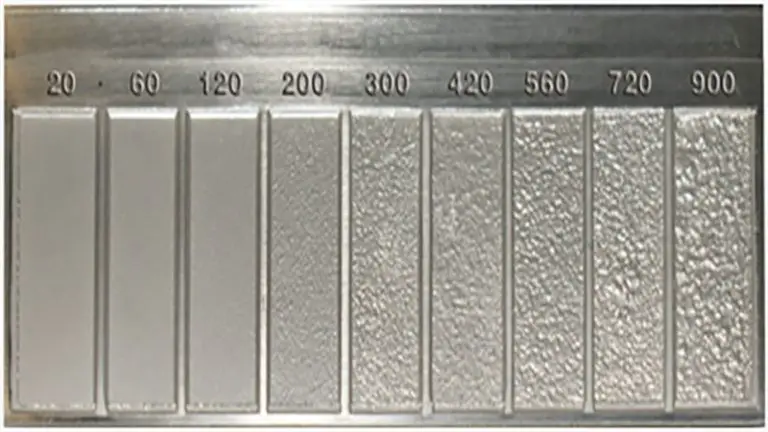How Do You Use Das Air Dry Clay?
What is DAS Air Dry Clay?
DAS air dry clay is a modeling clay that dries naturally in the air without requiring heat from an oven or kiln. It is made from a non-toxic, acid-free polymer resin combined with fillers and preservatives.[1] DAS clay has a soft, malleable texture similar to polymer clay or homemade salt dough. However, it dries hard and sturdy within 24 hours.
Compared to other clays, DAS air dry clay has some key advantages:
- Does not shrink or crack substantially when drying
- Produces professional results with fine details and smooth surfaces
- Is lightweight and easy to work with
- Air dries naturally without baking
- Is non-toxic and low odor
DAS clay is suitable for detailed sculpting, clay modeling, clay crafts, and more. While not as hard as kiln-fired clay, finished DAS models have reasonable strength and durability.[2] Overall, DAS air dry clay offers accessibility and versatility for clay projects without the need for special equipment.
Benefits of Using DAS Clay
DAS Air Dry Clay has some great benefits that make it an appealing choice for modeling and crafting projects.
One of the biggest advantages of DAS clay is that it doesn’t require baking or firing to harden and cure. It simply air dries at room temperature. This makes the clay very convenient to use – you can sculpt your creation and let it dry without needing access to an oven or kiln. According to one source, “Air dry clay cures through evaporation – exposure to air causes the water in the clay to evaporate away” (https://www.sculpey.com/blogs/blog/difference-between-polymer-clay-air-dry-clay).
Another benefit is that DAS clay can be reusable if you keep it moist. You can wrap unused clay in plastic to prevent drying out, allowing you to use it again later. Polymer clays cannot be reused once cured.
Additionally, DAS clay is non-toxic which makes it safe for kids’ crafts and school projects. It doesn’t contain chemicals like polymer clays. DAS clay is safe if ingested (although not intended to eat).
With advantages like room temperature drying, reusability, and safety, it’s easy to see why DAS Air Dry Clay is a popular choice for beginner modelers and craft enthusiasts.
Types of DAS Clay
DAS offers several types of air dry clay, each with their own unique properties and best uses. Here are some of the main types to know:
Original
This is the classic DAS air dry clay. It has a smooth, velvety texture that’s easy to mold and shape. The Original clay air dries to a solid finish that can be painted or left natural. It’s lightweight yet strong, making it ideal for jewelry, figurines, and detailed sculptures.
Brite
As the name suggests, Brite clay has an extra bright white finish when dried, without requiring paint. It has a fluffy yet sturdy texture. Brite clay works well for making beads, buttons, frames, boxes, and other decorative pieces.
Modeling
Modeling clay is formulated to capture finer details and hold its shape as it air dries. It has a soft consistency that’s great for sculpting and molding lifelike creations. From miniature figures to faux food, modeling clay excels at realism.
Sweet Clay
This clay is pliable and smooth, much like polymer clay before baking. Sweet clay can be molded into detailed designs that air dry into durable creations. It’s a good choice for jewelry, charms, cake toppers, and any delicate clay crafts.
Metallics
For an eye-catching shimmer, DAS Metallics clay contains real metal flakes in colors like copper, bronze, silver, and gold. When molded and dried, it achieves a metallic finish. Use it to create jewelry, beads, boxes, frames, and other items with a true metal look.
Best Uses for DAS Clay
DAS Air Dry Clay is extremely versatile and can be used for a wide variety of projects. Here are some of the best uses for this handy modeling material:
Sculptures and Figurines
One of the most popular uses for DAS Clay is sculpting detailed figurines, miniatures, and sculptures. The smooth, pliable clay is easy to shape and form into intricate designs. Once dried, DAS Clay sculptures retain their shape and details beautifully. DAS is ideal for sculpting people, animals, fantasy creatures, objects, abstract shapes, and more.
Jewelry
With its lightweight consistency and ability to capture fine details, DAS Clay works great for making jewelry such as beads, pendants, charms, and earrings. The finished clay pieces can be painted, glazed, or left natural. DAS Clay jewelry is an easy way to add handmade flair to your accessories.
Ornaments
Make personalized Christmas ornaments, tree toppers, garlands, and other holiday decorations out of DAS Clay. It air dries sturdily so ornaments won’t break easily. From cute gingerbread people to miniature nativity scenes, DAS Clay allows you to create custom ornament designs.
Crafts
For crafters, DAS Clay is the perfect medium for an endless array of DIY projects. Make pins, magnets, boxes, bowls, vases, coasters, and more. Use molds to add shapes and textures. DAS Clay can be applied to many different craft materials like wood, glass, and fabric.
How to Work with DAS Clay
Working with DAS clay is very similar to other air dry clays. Here are some techniques for kneading, shaping, and texturing with DAS clay:
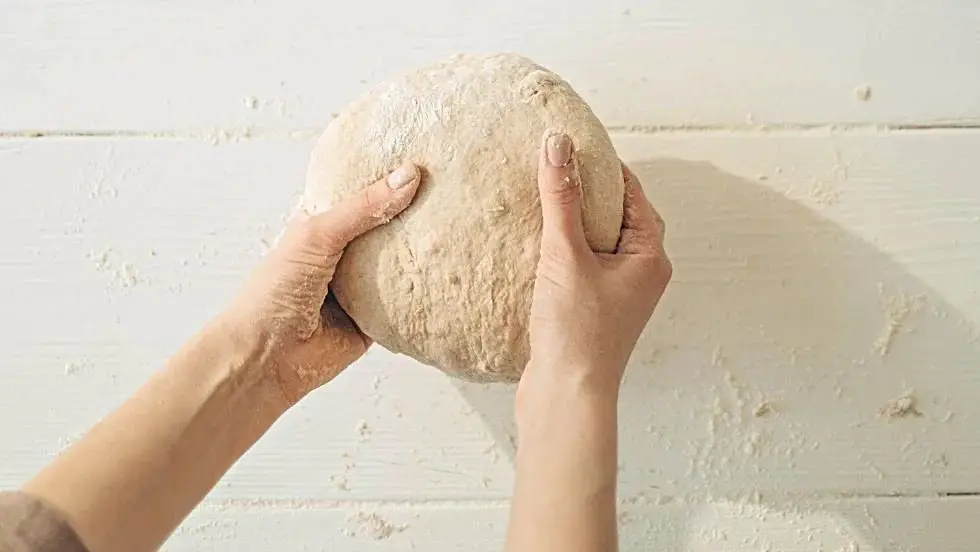
Knead the clay well before using it. This softens the clay and makes it more malleable. To knead, press into the clay firmly with the palms of your hands, then fold the clay over on itself. Continue kneading for 2-3 minutes until the clay is soft and smooth.
For rolling out clay, use an acrylic roller on a smooth surface. Roll the clay into a ball first, then apply pressure with the roller to flatten it into a sheet or slab at your desired thickness. You can also use a pasta machine to roll out slabs of even thickness (source).
Cut shapes using cookie cutters or a sharp craft knife. Sculpt details like facial features, textures, and other embellishments by hand. Wet your fingers slightly to smooth rough areas. Let the clay firm up slightly before sculpting intricate details so they hold their shape.
Add interest by impressing textures into the clay using found objects or clay tools. Try pressing in lace, leaves, seashells, or anything with a unique texture. Use clay sculpting tools to add patterns, lines, etc. (source).
Drying and Curing Process
DAS air dry clay will dry naturally at room temperature over time. The drying time depends on the thickness of your project – the general guideline is 24 hours of drying time per 1cm of thickness[1]. To speed up drying, you can bake DAS clay in a regular oven at 200°F for 10 minutes per 1⁄4 inch of thickness. Just place your clay creation on a baking sheet or aluminum foil.
Keep in mind that even once your DAS clay project feels dry to the touch, there is still residual moisture left inside. Allow several days of curing time so the clay dries fully and becomes firm all the way through. During this curing period, you’ll notice the clay gets harder and more durable.[2] Avoid handling delicate projects too much before they have fully cured.
Painting and Coloring DAS Creations
When it comes to painting air dry clay sculptures and creations, acrylic paint is the best type to use according to experts. Acrylic paint adheres well to the clay surface and provides vibrant, lasting colors. As noted by Craftyourhappyplace.com, acrylic paint will give the best coverage and has a fast drying time. Oil-based paints are not recommended as they can cause cracking or peeling.
There are a couple options when it comes to applying a clear coat over painted clay pieces. One method is to use a spray sealant like Krylon UV-Resistant Clear Coating which protects against fading. According to Artincontext.org, another good choice is to brush on a liquid polyurethane sealer which will give the sculpture a glossy finished look.
When it comes to coloring the clay before sculpting and modeling, oil-based clay is best. Pre-colored, oil-based clays will not dry out quickly during the sculpting process. With air-dry clays, it’s better to sculpt first and then paint afterwards based on the consensus of experts.
Storing DAS Clay
Proper storage is important for keeping DAS clay soft and moist for later use. Exposed to air, DAS clay will slowly harden and dry out over time. To prevent this, store unused clay in an airtight container like a ziplock bag or plastic wrap.
For short term storage, wrap clay tightly in plastic wrap, squeezing out excess air, and then place it inside a ziplock bag or airtight plastic container. Make sure to remove as much air from the bag or container before sealing. Store in a cool, dry place away from direct sunlight or heat sources which can cause clay to dry out faster.
For longer term storage, you can refrigerate or freeze DAS clay. Place the wrapped clay inside a freezer bag and store in the refrigerator for up to 6 months. For even longer storage, place the bag in the freezer for up to a year. Allow frozen clay to come fully to room temperature before opening to prevent condensation.
If clay does start to dry out, you may be able to restore it by kneading in a small amount of water. However, this can change the texture and performance of the clay. For best results, proper storage helps maintain the moisture and consistency of DAS clay.
Troubleshooting Issues
When working with DAS air dry clay, some common issues include cracking, brittleness, and pieces breaking apart. Here are some tips for troubleshooting these problems:
Cracking
Cracking often occurs as DAS clay dries because it shrinks slightly. To prevent cracking:
- Avoid making pieces that are too thick or bulky which take longer to dry.
- Let pieces dry slowly in open air, avoiding quick drying which causes cracking. As cited from Susie Benes, you can dry pieces on a baking sheet lined with foil to prevent sticking.
- Add a few drops of water and knead again if small cracks appear while shaping. The water will soften and meld surface cracks.
Brittleness
If finished pieces become brittle or fragile:
- Knead in a small amount of Vaseline which makes clay more flexible.
- You can also coat the piece with decoupage glue once fully dry which will strengthen it.
Other Common Issues
Some other issues and solutions include:
- If clay won’t stick together, add a few drops of water and knead to soften it.
- If clay won’t dry fully, ensure it is not too thick. Also break it into smaller pieces which dry faster.
- If clay dries too quickly before shaping, knead in a tiny amount of water to slow drying.
See this video playlist for more tips on troubleshooting DAS clay problems.
Creative Ideas and Inspiration
DAS clay opens up a world of creative possibilities. From simple clay charms to elaborate dioramas, there are endless projects you can create with this versatile medium. If you’re looking for inspiration, here are some great sources to get your creative juices flowing:
For step-by-step project tutorials, check out the “Das Clay Projects” board on Pinterest, which has hundreds of ideas across all skill levels https://www.pinterest.com/nhsyjsr/das-clay-projects/. You’ll find everything from minimalist geometric objects, to character sculptures, to food-themed magnets. The visual instructions make it easy to follow along.
To see finished DAS creations, browse the #dasclay hashtag on Instagram. The variety is truly impressive – from anime figures, to jewelry, to home decor items. Seeing others’ work can spark new ideas for your own projects. Check out the unique color combinations, textures, and shaping techniques for inspiration.
For tips and tricks, watch Das clay tutorial videos on YouTube from channels like The Clay Way and Das Obsessed. Learn techniques like achieving smooth finishes, joining clay pieces, making molds, using tools, and more. The videos condense a lot of helpful advice from experienced DAS clay artists.
At the end of the day, creating with DAS clay is all about experimenting. Don’t be afraid to try new things, combine colors and textures, and sculpt items both practical and whimsical. With some inspiration and creativity, you can make just about anything!

